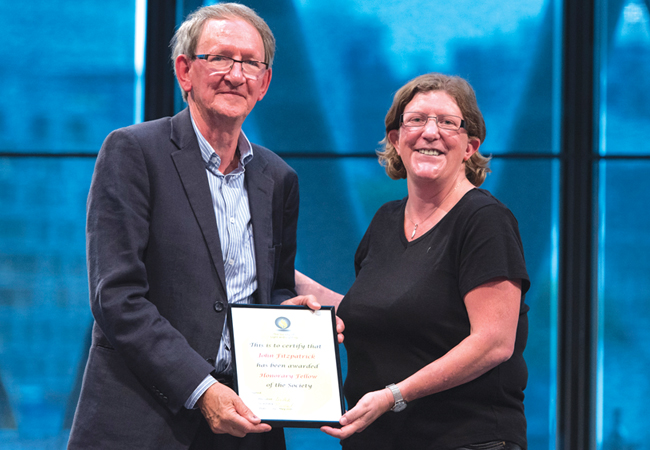CIBSE news
Call for Symposium papers and posters
Symposium aims to encourage the participation of both young and experienced industry practitioners, researchers and building users
Latest BSERT hot topics have tropical air
BSERT and LR&T available as CIBSE membership benefit offer insight into hot and tropical climates
CIBSE celebrates new United Arab Emirates Region’s licence to operate
New region brings together more than 300 members in the UAE
Industry figureheads set to open Building Performance Conference and Exhibition
Conference taking place 17-18 November, QE11 London
ESOS certification briefing for Scottish contingent
Energy professionals updated in Edinburgh
Technical report route to registration is no giant leap
New CIBSE case studies show careers and progression routes of a range of members
Speirs + Major outshine rivals at Ready Steady Light
SLL members lead 15 teams in annual competition











